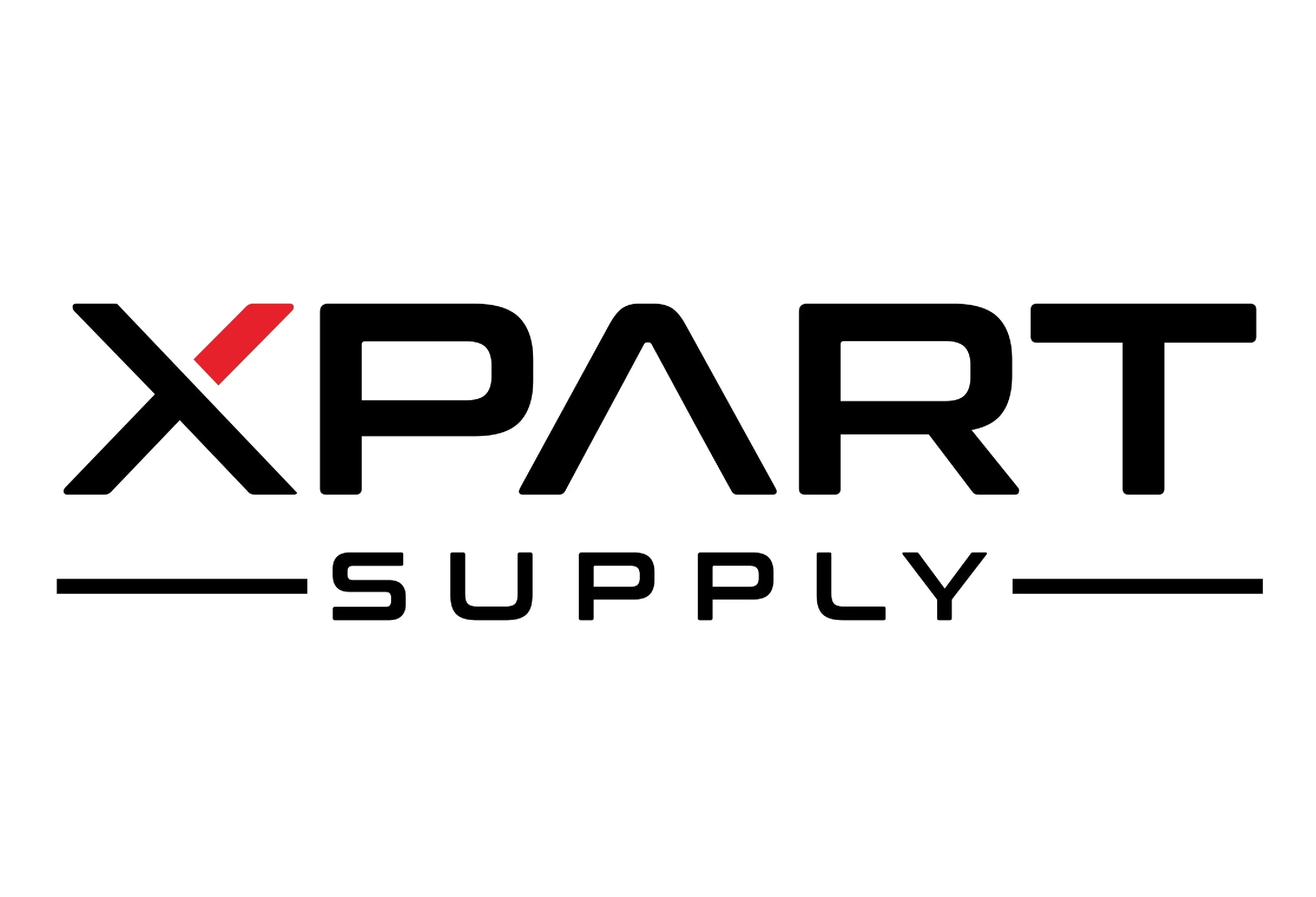Appliance repair can seem daunting, but with the right knowledge and tools, you can handle many issues without needing to call in a professional. Whether you're dealing with a refrigerator that won't cool, a dryer that doesn't dry, or a range with a malfunctioning touch board, this guide will help you troubleshoot and repair your household appliances.
1. Basics of Appliance Troubleshooting
Before diving into specific troubleshooting steps, it's essential to understand the basics:
-
Check the Power: Make sure your appliance is plugged in and that the outlet is functioning. Reset any tripped breakers or replace blown fuses.
-
Inspect for Signs of Wear and Tear: Look for physical signs of damage, such as frayed cords or leaks, which could indicate a problem.
-
Consult the Manual: Always refer to the appliance’s user manual. It often includes troubleshooting tips specific to your model.
2. Refrigerator Issues
One common problem with refrigerators is the lack of cooling. This can be due to a malfunctioning evaporator fan motor. If your refrigerator isn't cooling properly, consider inspecting and possibly replacing the evaporator fan motor:
If the user interface is non-responsive, you might need to replace the control board:
3. Dryer Problems
For dryers, a common complaint is that the unit is not turning on or drying clothes properly. This could signal a problem with the dryer timer:
4. Range and Oven Issues
Issues with electric ranges and ovens, such as non-responsive controls or error codes, can often be traced back to the touch board and glass assembly:
Conclusion
When it comes to appliance repair, taking the time to troubleshoot effectively can save you both time and money. With the right parts and a bit of patience, many common household appliance issues can be resolved without professional intervention.
For a range of replacement parts and repair kits to assist with your appliance repair needs, visit XPartSupply. Happy troubleshooting!







